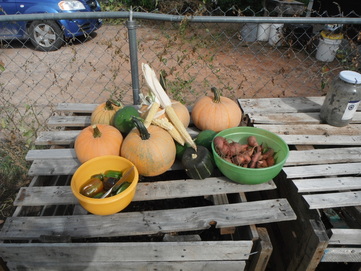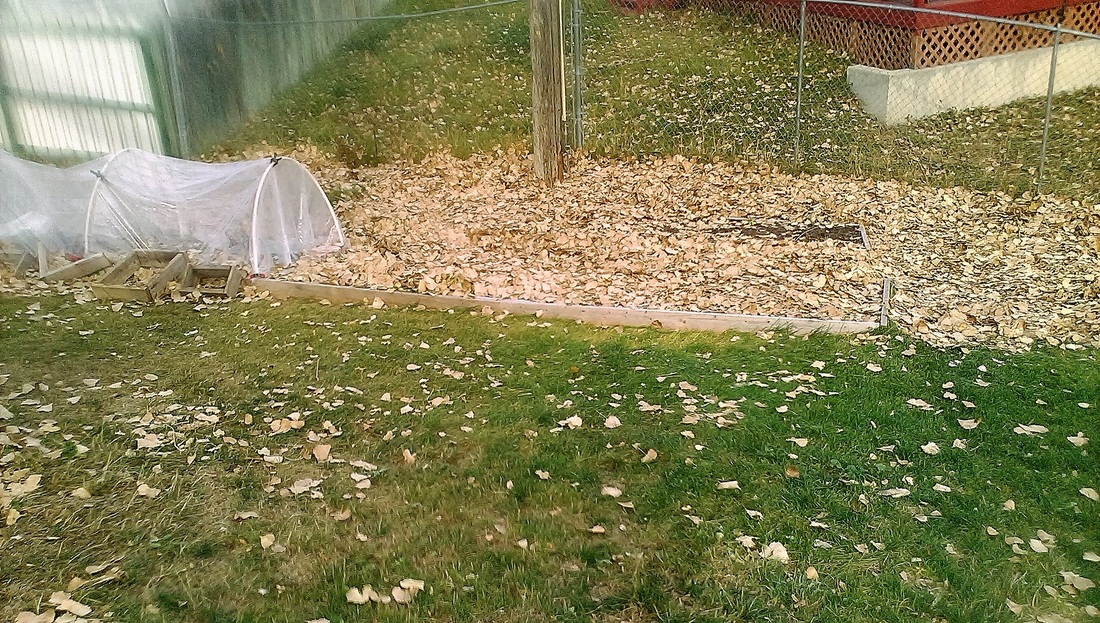
So as part of my continuing series of blog posts on the products in The Sustainable Life Shop today I will be talking about the bamboo toothbrushes I have for sale in the store. The toothbrushes I have for sale consist of two parts: the bamboo handle and the nylon bristles. The handle portion is made of 100% bamboo which is a fast-growing member of the grass family, not wood as many people assume.
Bamboo is a widely growing plant that can be found across the world growing in tropical regions and some temperate mountain zones. It is a widely used material and can be found commonly in,
It is also one of the fastest growing land plants in the world and some species have been documented to grow as fast as 1 foot per day. When managed properly bamboo forests are a very sustainable source of raw materials to be used in many aspects of modern life. Now it's time to talk about the bamboo toothbrushes that I have for sale in The Sustainable Life Shop. Specifications:
What I like about them The thing I like the most about these brushes of course is that they are mostly constructed of a 100% renewable and compostable material like bamboo. Typically toothbrushes these days are made entirely of plastic that can only be thrown away when the head wears out. These brushes give you the options to separate the head from the handle and compost what you can. I also like how it feels in my hand when I am using the brush. The handle is actually on the small side being both thin and narrow but even with my large hands it is comfortable to hold and to use when I am brushing my teeth. The head is also fairly small consisting almost entirely of bristles for its bulk. It fits easily in the tight spots when I am brushing and doesn’t jab me in the gums or the back of the mouth. What I don’t like about them There are two things that slightly detract from these brushes. One being the fact that the bristles are made of nylon which is a non compostable synthetic fiber. You can find toothbrushes that have either natural hair bristles or bristles made from natural oils like these but they are usually fairly expensive per brush. I hope to one day be offering a 100% compostable toothbrush but sourcing them can be a challenge. The second is the feel of the handle on the lips as you brush. To someone that has used plastic toothbrushes their entire life the bamboo can feel rough when it gets wet from the brushing. This is true of all wood or wood like products and it's not a bad thing it's just a weird feeling in the mouth. Final Thoughts Overall I have to say these toothbrushes will do their job and they do it well for being relatively cheap manual toothbrushes. While I don’t like the fact they have nylon bristles they do contain far less plastic than other toothbrushes and produce very little waste at the end of their useful lives. If you would like to try them out here is the link Other all natural toothbrushes
2 Comments
So spring is finally upon us again and you are starting to think about what needs to get the garden planted this spring. There are several things you can do right now to get the process going long before the weather is warm enough outside for the early spring crops.
When you look out at the typically suburban lawn what do you see?
Some see a beautiful manicured space that is great for playing on lounging on and gives your house great curb appeal. Whiles others like me see a mostly wasted, severely underutilized space that could be put too much better uses like growing food and creating pollinator habitat.
Sheet mulching defined in its simplest terms is the layering different types of organic materials on top of the ground in order to establish a garden plot without tilling the soil. This technique can be applied to existing lawns, areas with poor soil or even over concrete or solid rock to create “soil” for growing things in.
I know right…. It’s January and I am already talking about the summer garden. But if you are a serious gardener like me you need to start planning this early because before you know it the early cool season crops can be going in the ground. The winter is perfect time to look back on your garden and figure out what you did right what you did wrong and what you want to change before this next season begins. In my case some things that went right this last summer would be the following,
Things I did wrong…
Planning for next year After you have had a chance to reflect on the previous year you can now plan better for next year. Things that you should figure out now would include,
Composting toilets are a great option for an off grid home or those that are simply looking to use less water. A lot of people are under the assumption that they smell, are messy, and generally unclean when compared to flush toilets.This is simply not the case for the most part and to help dispel those ideas I will cover them briefly below.
Every year about this time it after the harvest is done and all the various garden tools like sprinklers, hoses and cultivators have been put away there is one last thing to do. Soil believe it or not is a living thing just like us and like us it needs time to take a break and rest from all the heavy work it has been doing for you all summer. All the delicious food you have eaten from the garden come at price to the soil in tern if fertility, tilth and overall health. So if you want to continue to have good harvests you should take a few key steps that will greatly improve your gardens health every year and theoretically should completely remove the need for artificial fertilizers and wee controls. Step 1 Completely remove any weedy things that may yet be lingering in your garden and either compost them or leave them where you pull them. Step 2 Mulch the whole garden area in leaves, straw, pine needles whatever you can get your hands on for free or cheap. The mulch is by far the most important thing you can have in your garden over winter as it provides a food source for all the microorganisms that live in your soil. These organisms use the material you put there as food and then of course what goes in must comes out as beautiful nutrients and lets face it lots of "poop" This is my garden after I spent a few hours moving leaves that my trees have dropped onto my lawn into the garden.
Step 3 Once you have all the leave in your garden and you have the soil and all the surrounding areas covered up you are good to go for the winter. Now just sit back relax and dream about you want to grow next summer.  Fall that wonderfully cool time of year that signals the end of summer's heat and summers work in the garden. The fall is actually a very simple time in the garden with only two tasks left to accomplish, the removal of the last of the year's produce and the prepping of the protective cover of mulch that will enhance your garden's soil over the winter. The most important thing you can do for your garden is the removal of anything that might contain any diseases like powdery mildew or wilts that could overwinter till next spring. If you don't have any issues like that than you can just go ahead and lay down the leftover stalks and stems from your plants right in the bed. Leaving as much as possible in the garden is important in maintaining soil fertility and health as everything you grow removes necessary nutrients from the soil. This can also be a good time to add residues, manures or other fertility adding materials to the garden. One thing that I am going to try this fall is the addition of coffee grounds straight onto the garden beds. I know they make a great addition to my compost bins and they promote high heat active composting. The same principle could maybe apply right in my beds and work for me all winter in enhancing the soil for next spring. Once that is done the best thing you can do is leave the garden alone till spring rolls around again. Everything even soil needs a rest period and winter is that time for your garden so let it rest by giving it some "food" and leaving it alone. Yes you can compost meat, bones and other dairy products if you want to. I know that there is a fairly strong myth out there that you can't do it for a variety of reasons. But with the proper precautions it is certainly possible to do. There are always a few concerns that come up with composting items such as these. The most common concerns are smell, animals and health and safety.
Composting your leftover food scraps in the winter can be a challenge. With the cold temperatures you can't get things to decompose like you want them to outside. So that leaves you with a few options left on the table.
You can,
|
AuthorHello my name is Josh Larson and I am the creator of the Green Living Library. Here on the blog you will find updates to content found in the Green Living Library as well as stories from those living the sustainable life already. Archives
December 2021
Categories
All
|
